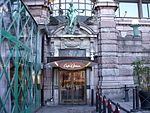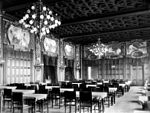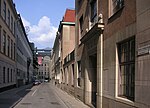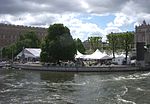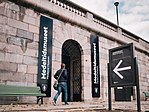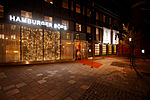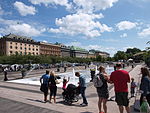Royal Swedish Opera
1773 establishments in SwedenArt Nouveau architecture in StockholmArt Nouveau theatresBuildings and structures in StockholmMusic in Stockholm ... and 8 more
Music venues completed in 1782Music venues completed in 1899Opera houses in SwedenRoyal Swedish BalletSwedish opera companiesTheatres completed in 1782Theatres completed in 1899Tourist attractions in Stockholm

Royal Swedish Opera (Swedish: Kungliga Operan) is an opera and ballet company based in Stockholm, Sweden.
Excerpt from the Wikipedia article Royal Swedish Opera (License: CC BY-SA 3.0, Authors, Images).Royal Swedish Opera
Strömgatan, Stockholm Norrmalm (Norra Innerstaden)
Geographical coordinates (GPS) Address Nearby Places Show on map
Geographical coordinates (GPS)
| Latitude | Longitude |
|---|---|
| N 59.329722222222 ° | E 18.070555555556 ° |
Address
Strömgatan 10
103 21 Stockholm, Norrmalm (Norra Innerstaden)
Sweden
Open on Google Maps
